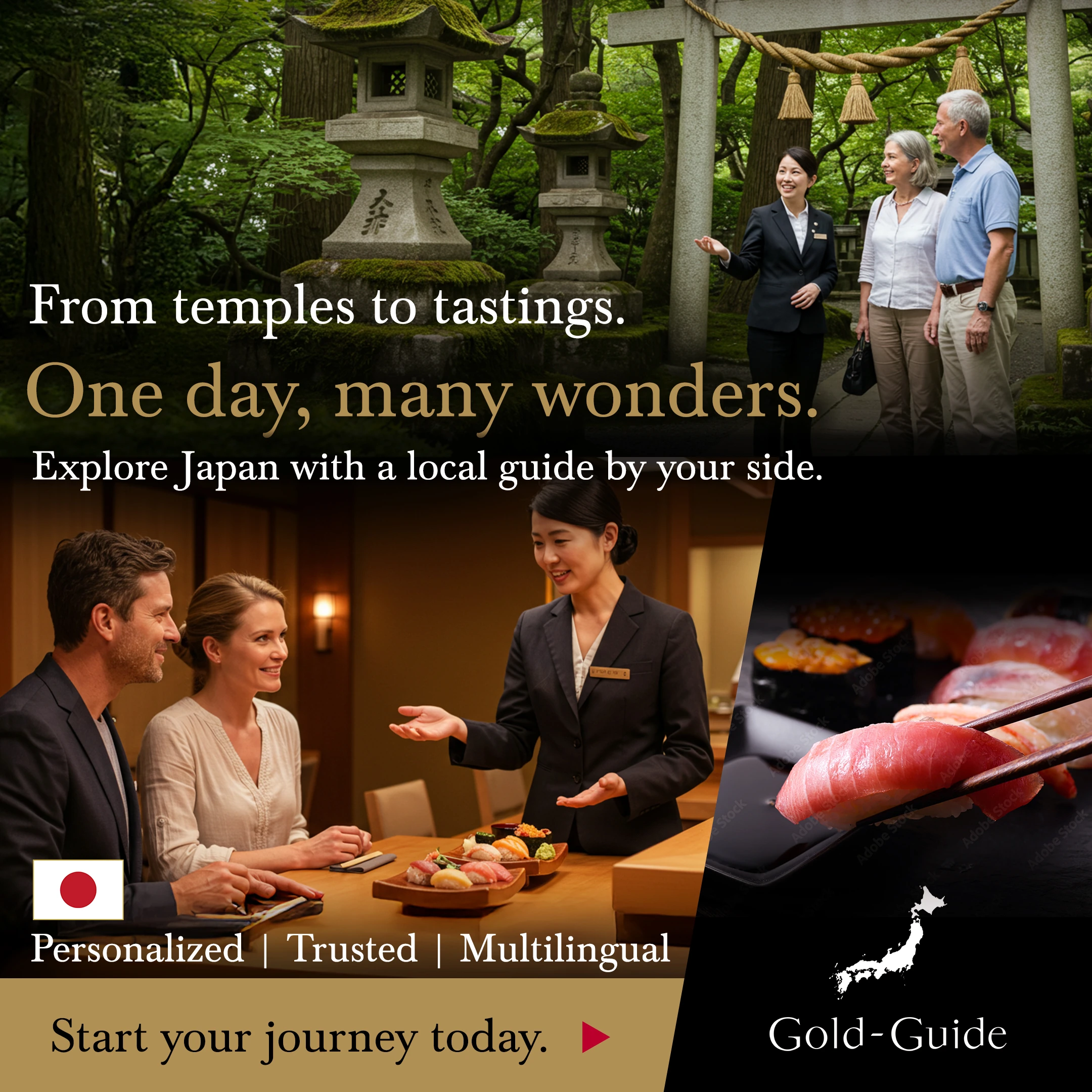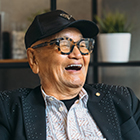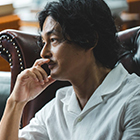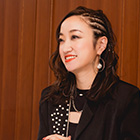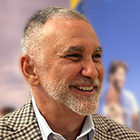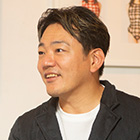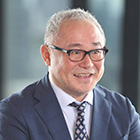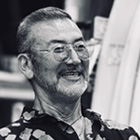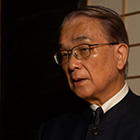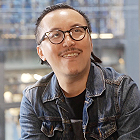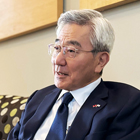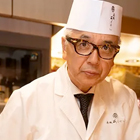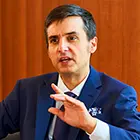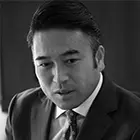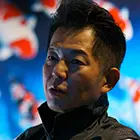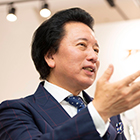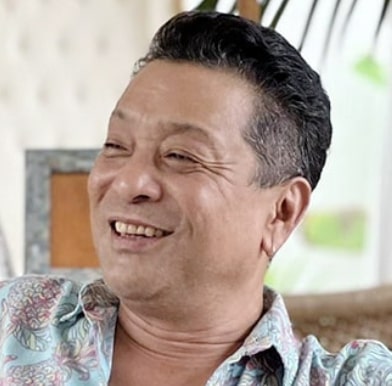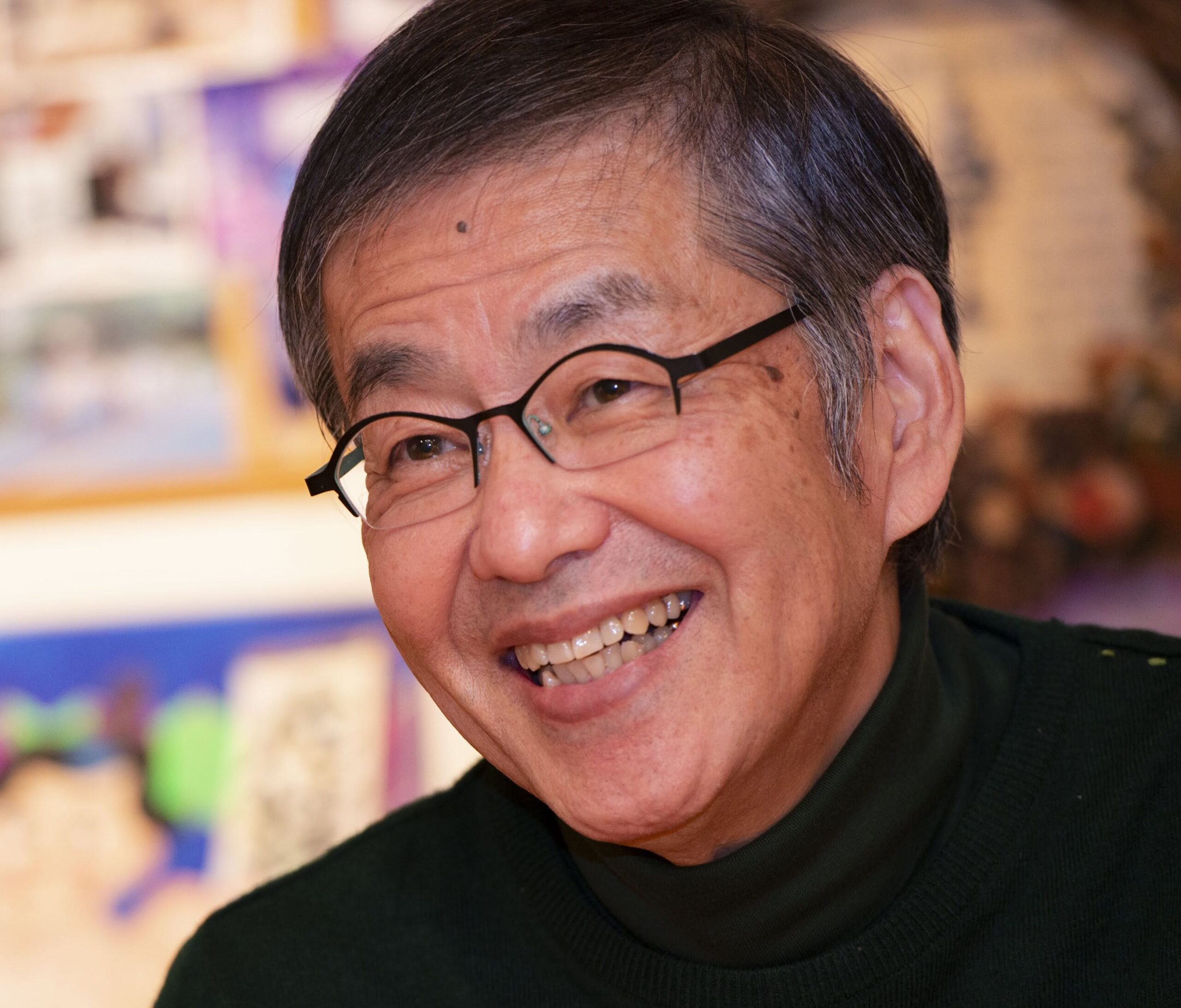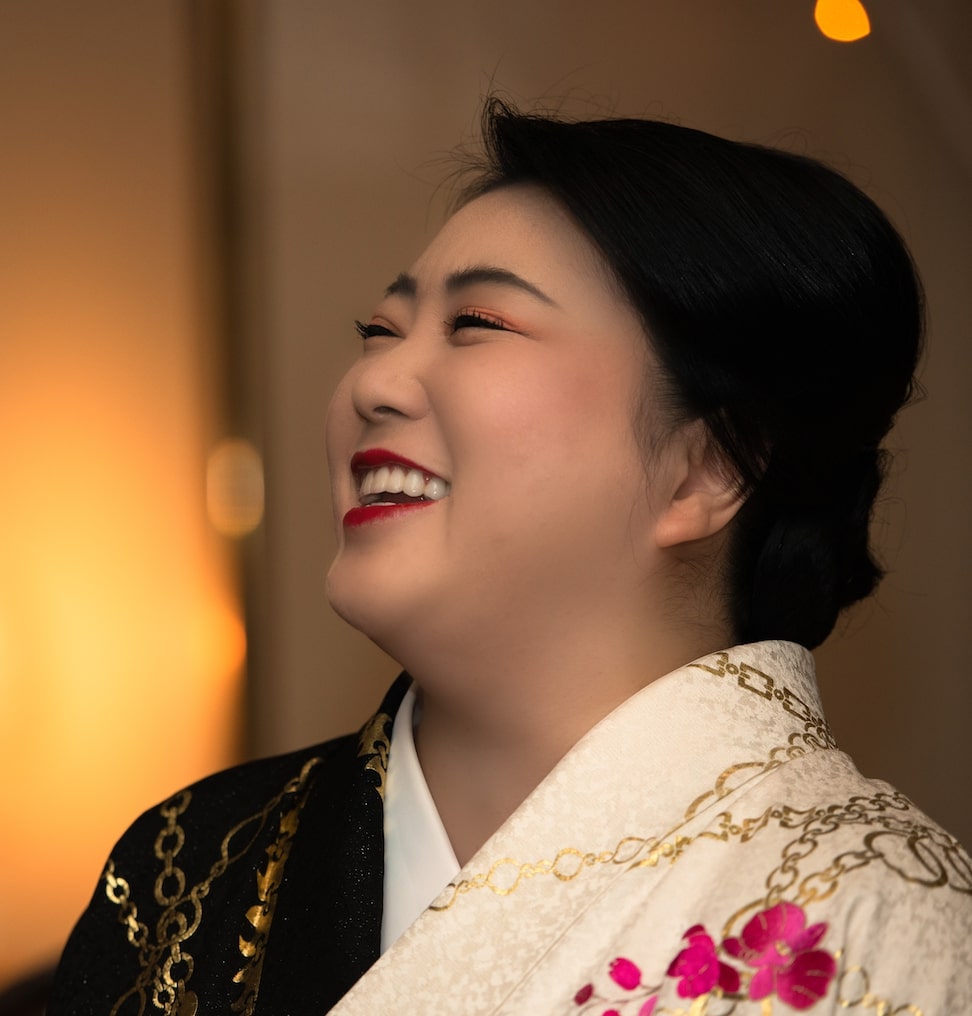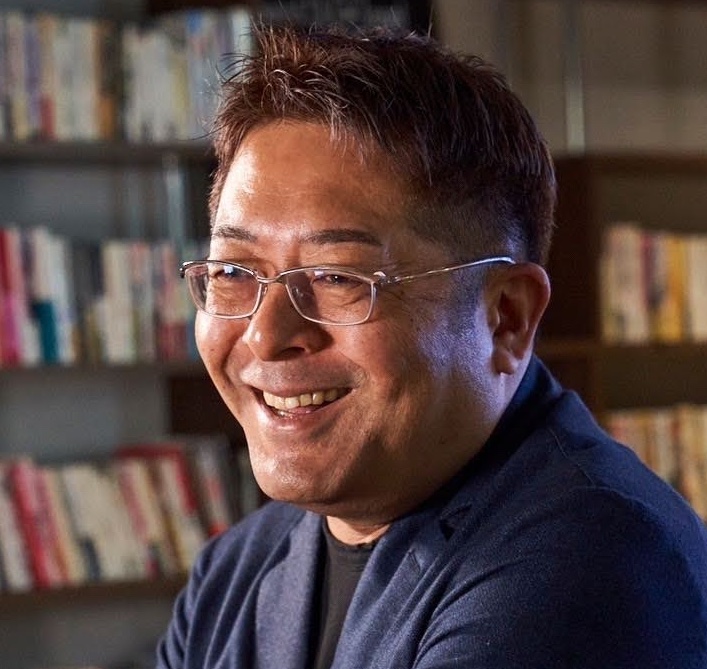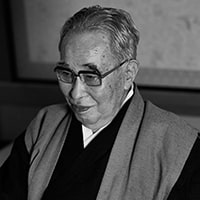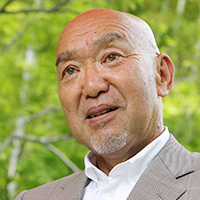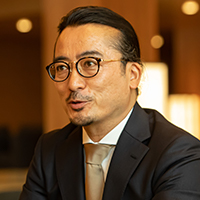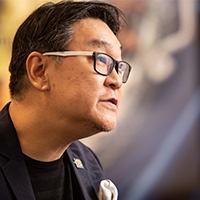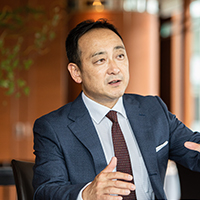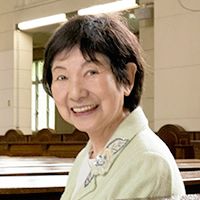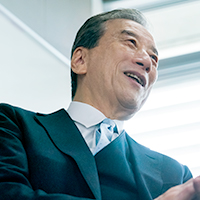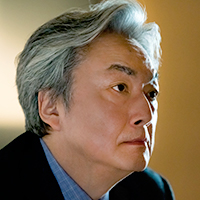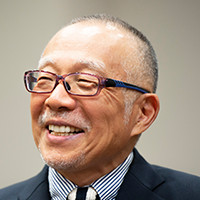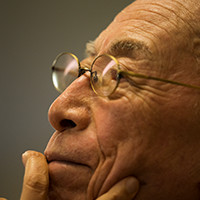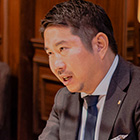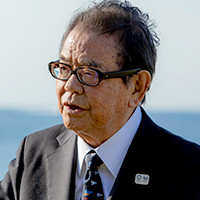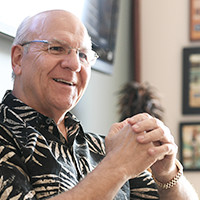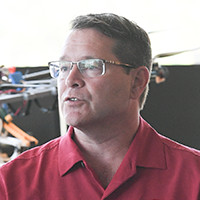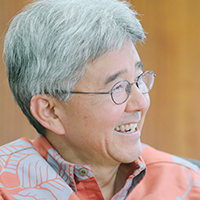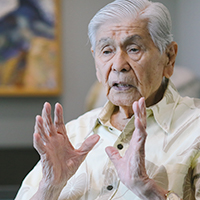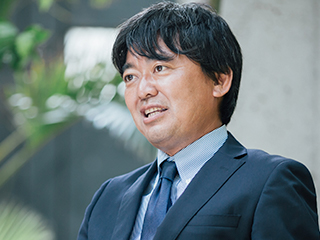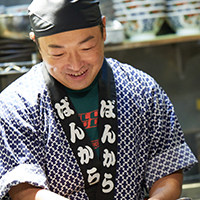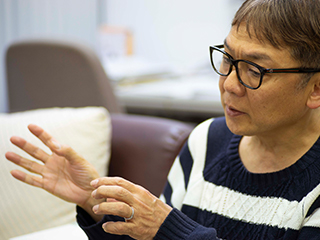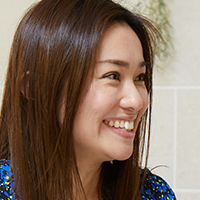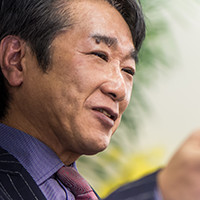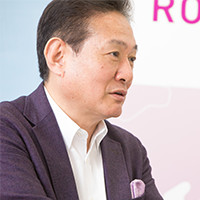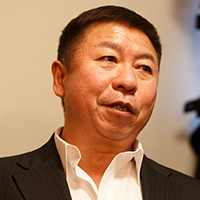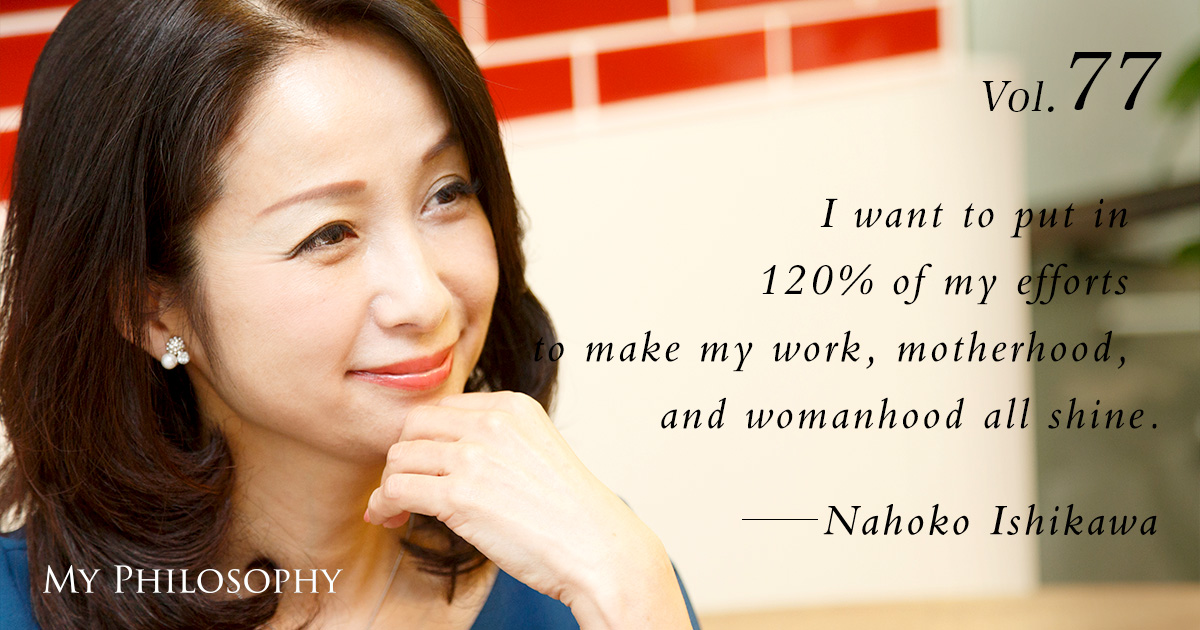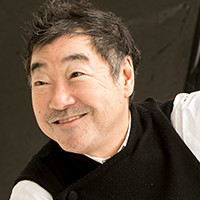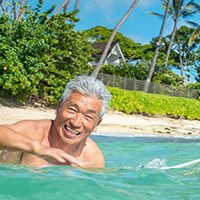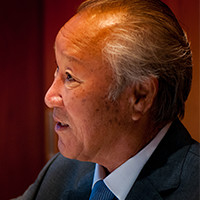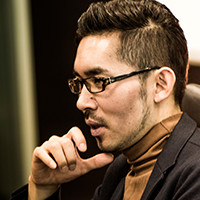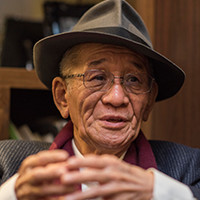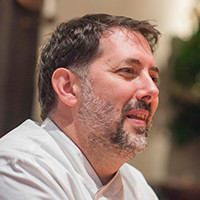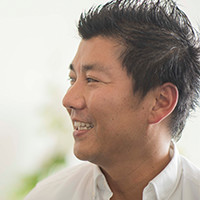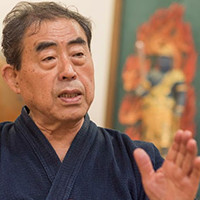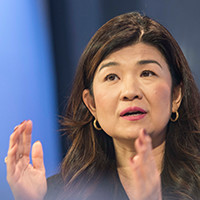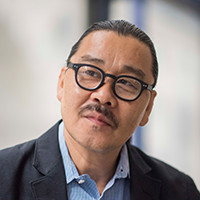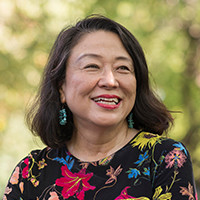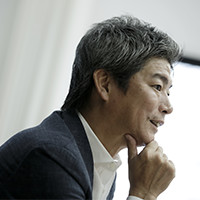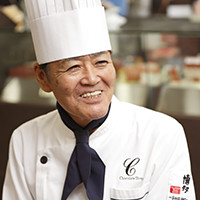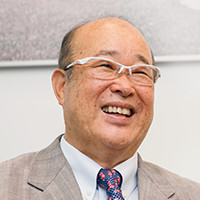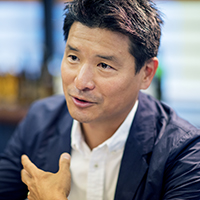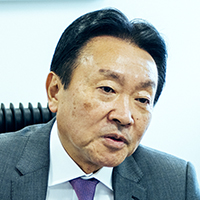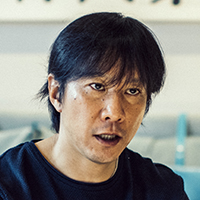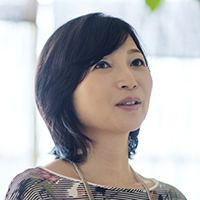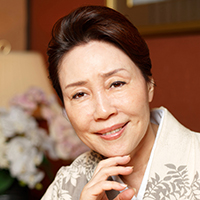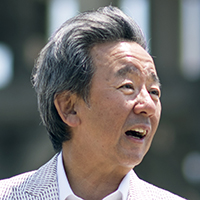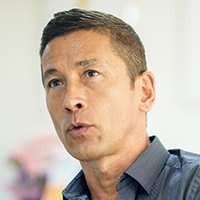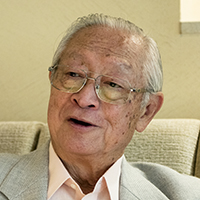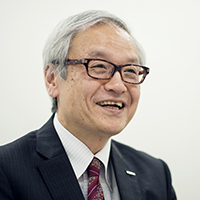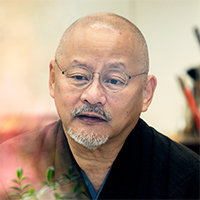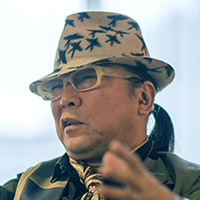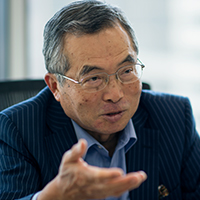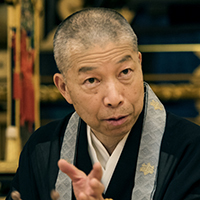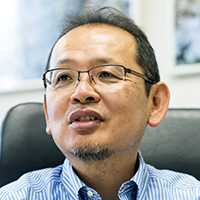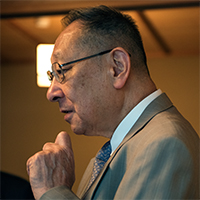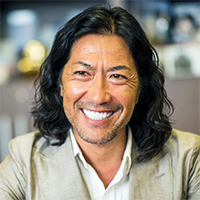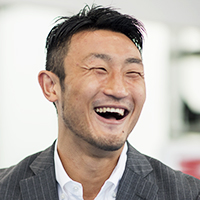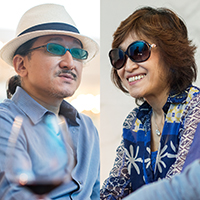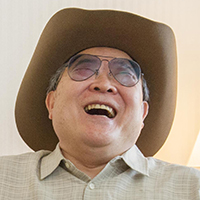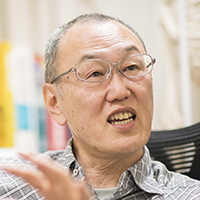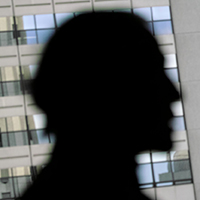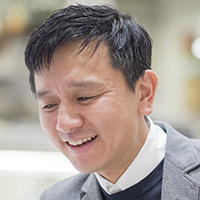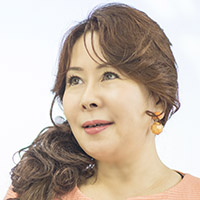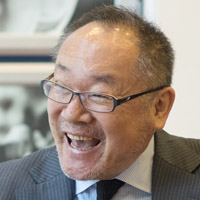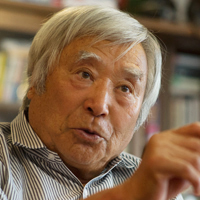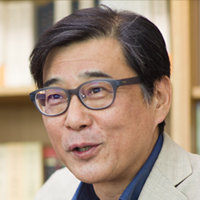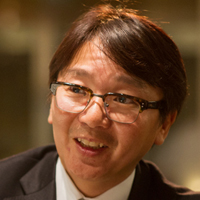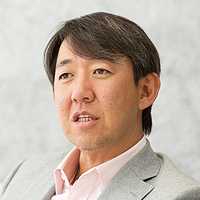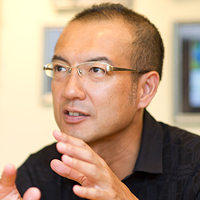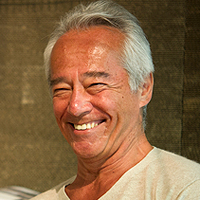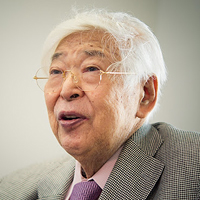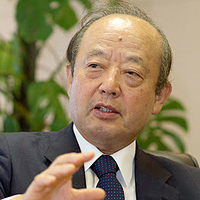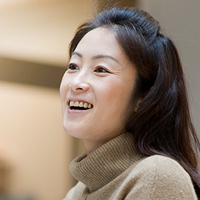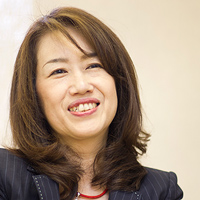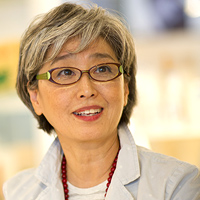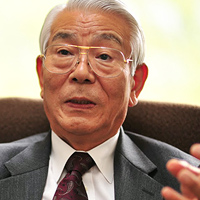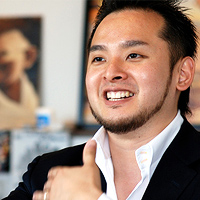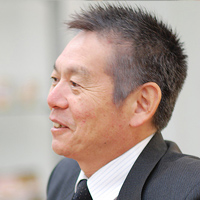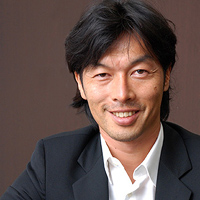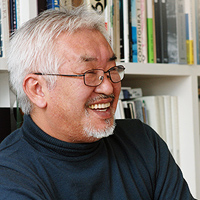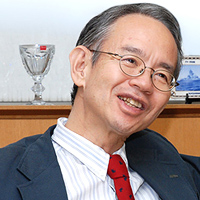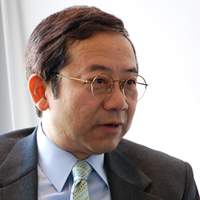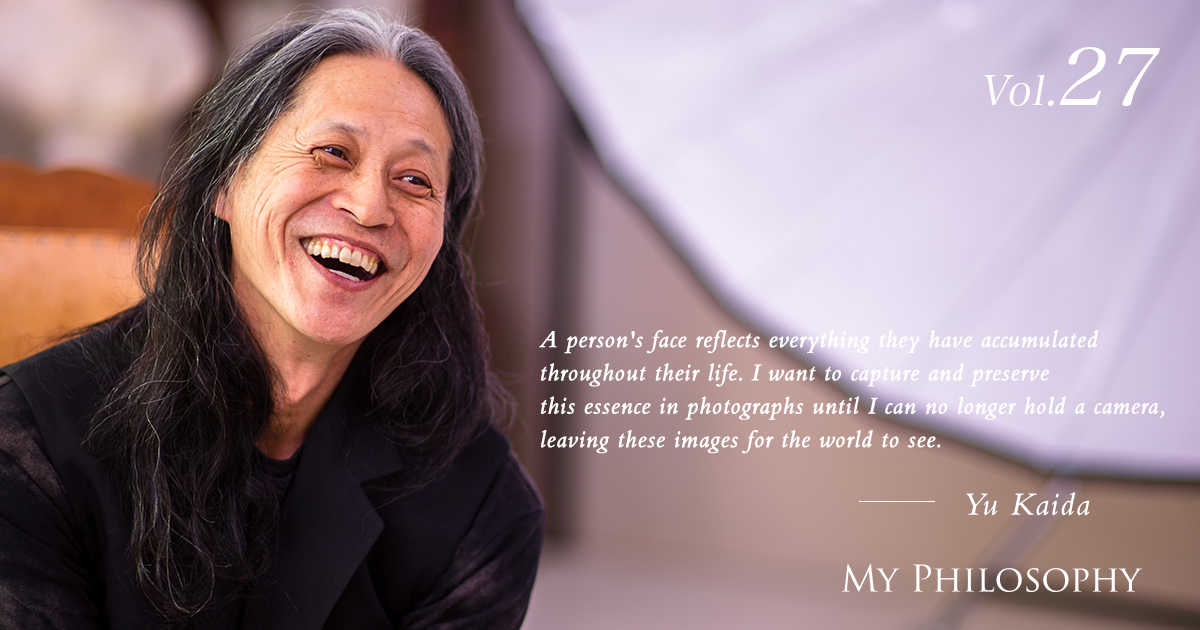
Portrait photographer Yu Kaida expertly captures the inner strength and charm of his subjects. We spoke with Mr. Kaida, who has a unique style of photography, about his experiences photographing business leaders who supported Japan's period of rapid economic growth as well as contemporary executives. He shared his insights and thoughts on photography.
Profile
Vol.27 Yu Kaida
Portrait photographer
Yu Kaida was born in Osaka in 1947 and began taking photographs at the age of 20. After graduating from Tokyo College of Photography, he started his career as an advertising photographer. In 1985, he founded Yu Kaida Photography Office. In 1993, he held the "Portraits of Executives" exhibition, featuring portraits of 130 Japanese business leaders, and also published a photo book. Since then, he has photographed a wide range of prominent figures, including executives, actors, painters, ballerinas, artists, and politicians.
Official Website
*Titles and positions are as of the interview date (March 2014).
Encounter with 130 Distinguished Individuals
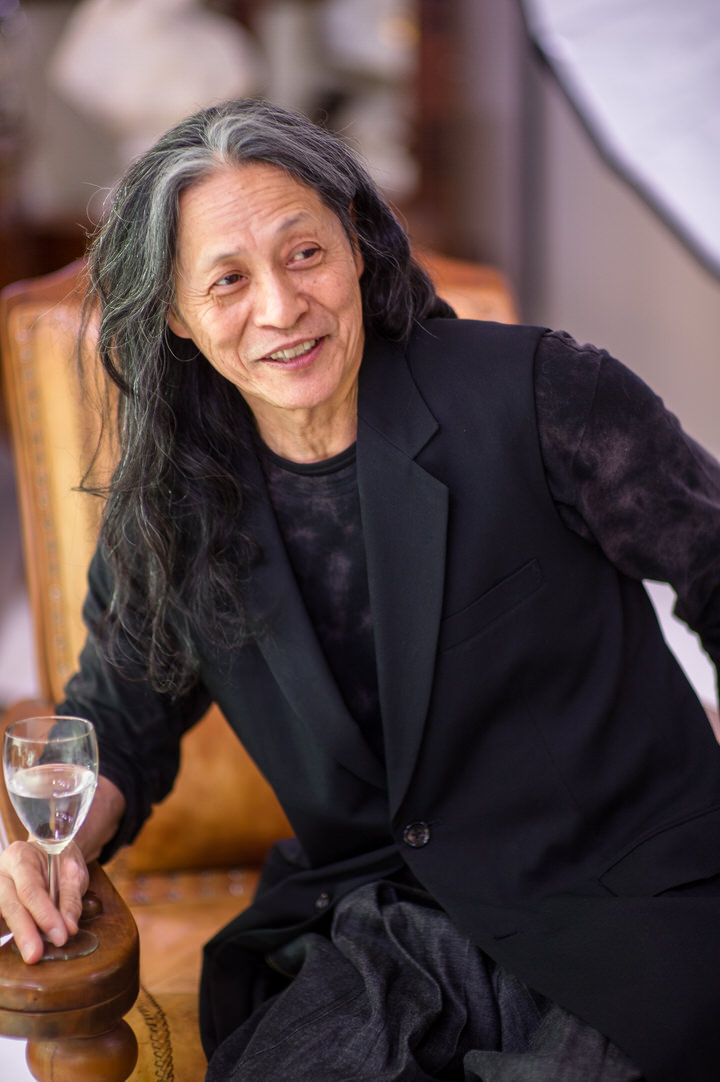
From the moment I picked up a camera, I always wanted to express Japan’s postwar era through the faces of its business leaders. When Toshio Doko, who had served as president of Ishikawajima-Harima Heavy Industries and Toshiba, passed away in 1988, I realized I needed to act quickly before I lost the chance to photograph these significant figures. I shared my 20-year-old dream with Teruo Godo, the former chairman of JAL, and asked for his help. He responded, “What can I do?” I started by photographing Mr. Godo. After showing him the finished photograph, I asked if he could introduce me to others, and he kindly wrote 22 letters of introduction. The first person I photographed was Mr.Yoshizane Iwasa, former president of The Fuji Bank, Limited. Next, I photographed Mr. Goro Koyama, honorary chairman of The Sakura Bank, Limited. Being able to photograph such prominent figures from major corporations right away made me feel that things were progressing smoothly. However, despite my ambitions, not everyone was willing to participate in my project on postwar history. It took two and a half years to take a photo of Shoichiro Toyoda of Toyota Motor Corporation and four and a half years for Akio Morita of Sony Corporation. After continuously requesting through their secretaries and public relations departments, I was able to photograph both, by the help of Hiroshi Saito, then-president of Nippon Steel Corporation who introduced them to me.
The invaluable experience of creating “Portraits of Executives” all began with Mr. Godo. Without him, I wouldn’t be where I am today. Ideally, it would have been fascinating to start even earlier, capturing the faces of those who laid the foundations of postwar Japan as part of its history. Unfortunately, many of these individuals had already passed away, making it impossible to photograph them.
Life’s Journey Etched on Faces
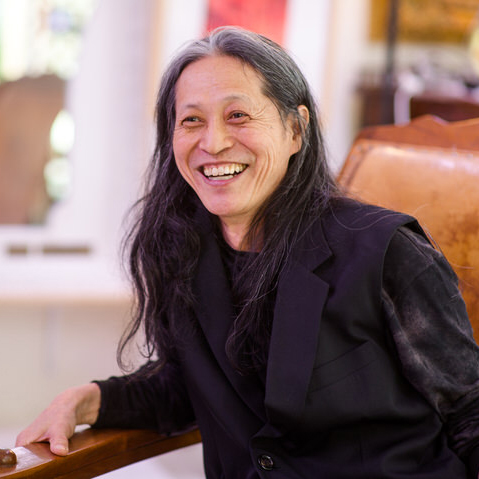
A person’s face tells the story of their life, revealing everything they have experienced and accumulated over time. As Confucius said, “At thirty, I stood firm; at forty, I had no doubts.” Our generation, particularly the baby boomers, lived with the aim of taking responsibility for our own faces. When I photographed Soichiro Honda, the founder of Honda Motor Co., he was 82 years old. He had a charming, dignified face with an indescribable appeal, perhaps even a certain allure. But was this always his face? No, it wasn’t. In his 40s, he had the face of a small factory owner. As Honda became a global entity, Mr. Honda’s face also transformed. This transformation is akin to the aesthetic beauty shaped by a person’s accomplishments. From a small factory owner to a global icon, he embraced each new responsibility along the way. That’s why Mr. Honda’s face in his later years was so endearing. Faces are something we shape over time. The portraits I aimed to capture were about engraving a person’s history through photographs. When I photographed Mr. Honda, I felt reassured that my path had been the right one.
I started photographing young executives because I wished I had captured Mr. Honda in his younger days as well. Now, nearly ten years later, I wonder how those young executives’ faces have changed. Some have succeeded, while others have faced failure. Photographing those who have failed is also important because some will rise again. As long as they live, I will continue to capture their faces. It’s crucial to document how a person’s face changes over time. I hope to preserve this work as a valuable legacy in the form of a book.
Cultivating Virtue
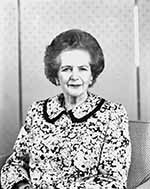
Margaret Hilda Thatcher

Sony
Akio Morita
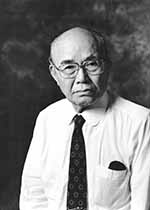
Honda Motor Co.
Soichiro Honda
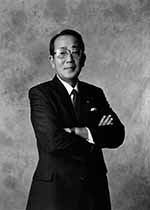
Kyocera
Kazuo Inamori
The generation of Konosuke Matsushita, who founded Panasonic, held a profound philosophy that “everything has a mission to serve human prosperity, peace, and happiness.” I believe Kazuo Inamori, founder of Kyocera and Daini Denden (now KDDI) and honorary chairman of JAL, carries on this tradition. Mr. Inamori often speaks on spiritual matters, and it seems that as business leaders grow older, many naturally gravitate toward Zen and other forms of spiritual practice. The challenges faced by executives often require wisdom beyond ordinary understanding. In earlier generations, it was common for executives to have a wise advisor close by—someone who could offer insight and confirm whether their own decisions were on the right path. This pattern appears frequently in writings by business leaders of the past.
Successful management requires the ability to unite an organization, akin to what we call “virtue” in Japanese. This quality is often reflected in one’s face and demeanor. Geniuses like Soichiro Honda are naturally charismatic, attracting followers who affectionately call him “Oyaji” (old man). However, for an ordinary salaryman to rise through the ranks, they must possess this virtue, as people will not follow someone who lacks it. Yet, cultivating virtue is challenging. Since the Meiji era, Japan has retained some aspects of the Confucian world while westernizing, and the education focused on virtue from the Edo period left a lasting impression. Post-war Japan, however, has seen a decline in this cultivation of virtue. Leaders like Mr. Inamori emphasize the importance of accumulating virtue. Those who constantly say “me, me” do not succeed.
Cultivating virtue: To refine one’s academic knowledge and elevate one’s character and personality.
Gathering Collective Wisdom for Meaningful Work
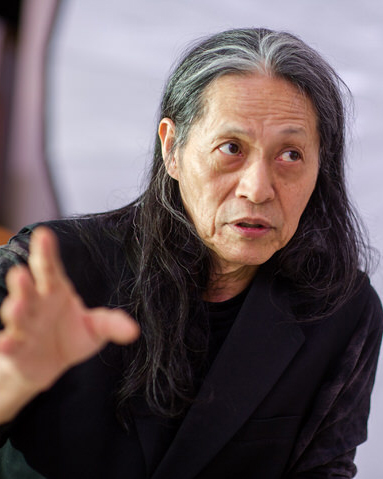
I probably have about 20 more years to continue taking photographs. During this time, I want to capture as many precious human faces as possible. There is something inexplicably fascinating about human faces—the burdens they have borne and the challenges they have overcome throughout their lives. I want to engrave these stories onto film. I will keep photographing until I can no longer hold a camera, and I hope to leave these photographs in public places, like libraries, for future generations.
It’s impossible to continue executing one’s plans without faltering using only one’s own strength. Konosuke Matsushita spoke about gathering collective wisdom. He said that since one person can’t do everything, it’s crucial to gather the wisdom of others. As you deliberate on what to do, people come together. This is what he called collective wisdom. By harnessing what each person brings, it becomes a great force, leading to success. In any case, it’s important to engage in socially meaningful work and to do things that inspire people. As long as we remember that, we’ll be on the right path.
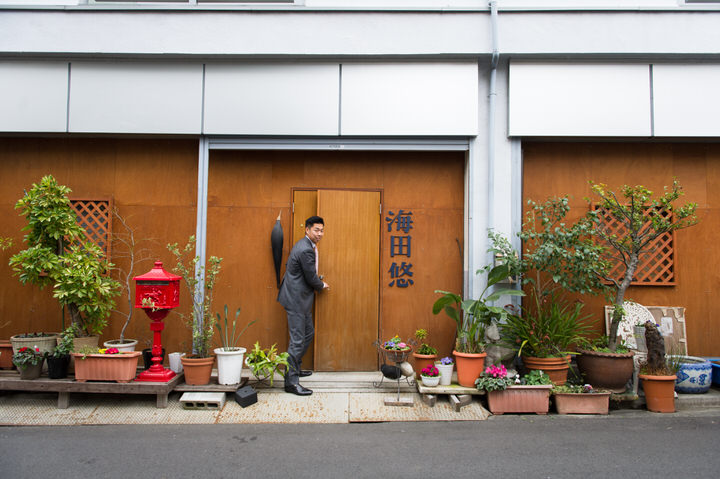
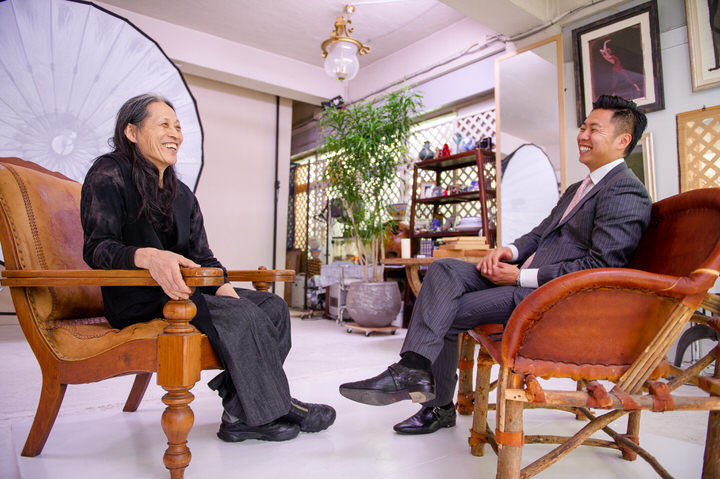
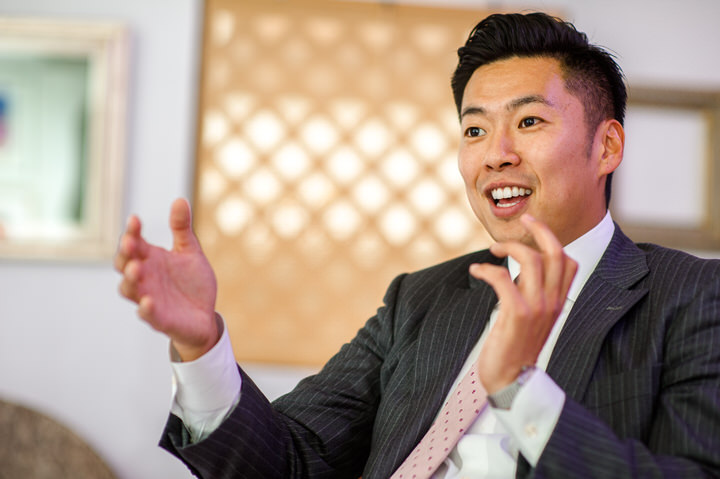
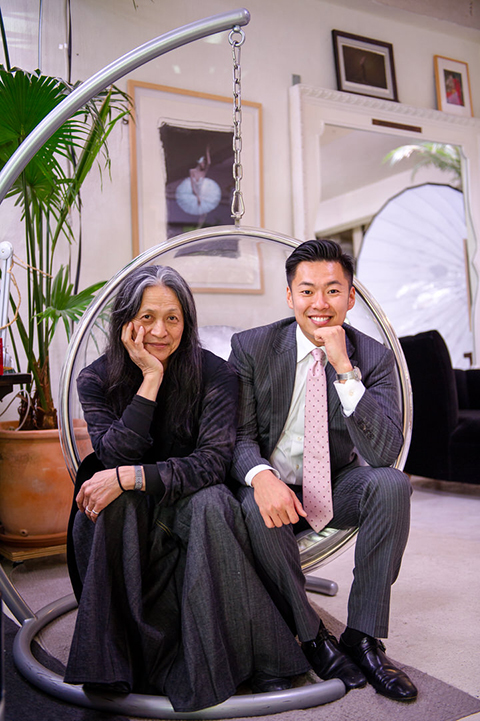
DK Sugiyama is an entrepreneur. He is always planning and strategizing. Yet, successful entrepreneurs possess something unique—the power to believe in people. Successful individuals have the strength to trust in others, and he possesses this quality as well. He has a keen eye, and good eyes earn trust. Eyes don’t lie, and they reveal his true nature. Therefore, he has the potential to succeed in life, and I look forward to photographing him in 20 years. But I wonder if I will still be around then…
Portrait Photographer Yu Kaida
My encounter with Mr. Kaida began at “Maison Kaiser Grill & Bar” in Takanawadai when he approached me and asked, “Are you an entrepreneur?” We quickly hit it off, and when he mentioned that his atelier was nearby and invited me over, I, being someone who loves the word “YES,” accepted without hesitation. This interview was also conducted in that wonderful space of his atelier. What struck me most during the interview was his advice to “jump into people’s hearts! Those with big hearts will accept you.” I am convinced that I am where I am today thanks to the great individuals with big hearts who have supported me.
March 2014, at Yu Kaida’s studio Editing by Naomi Kusuda Photography by Daiki Ayuzawa




